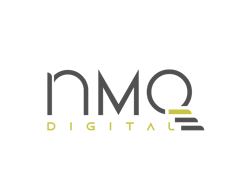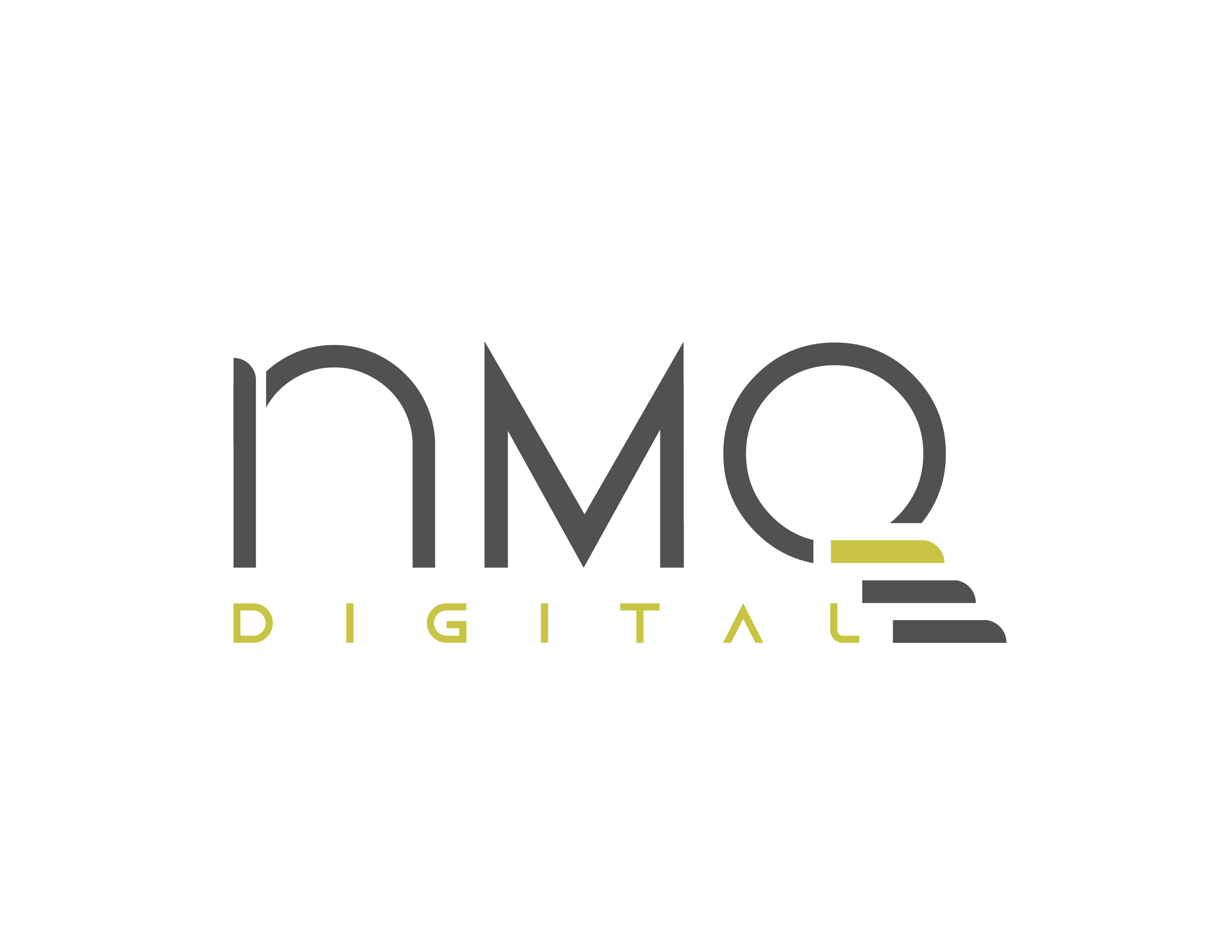In today's competitive marketplace, where consumers are inundated with choices and information, demand generation has emerged as a vital strategy for businesses to stand out, capture attention, and drive growth. Demand generation encompasses a range of tactics and activities designed to create awareness, generate interest, and ultimately convert prospects into customers. In this dynamic landscape, mastering the art of demand generation has become essential for organizations to thrive, seize opportunities, and stay ahead of the competition.
In this blog, we will focus on:
- What is demand generation and why it is important?
- How demand generation differs from lead generation?
- 7 demand generation strategies with samples
What is Demand Generation and Why It is Important?
Demand generation is a marketing strategy and set of tactics aimed at creating awareness, generating interest, and driving demand for a company's products or services. It focuses on building and nurturing relationships with potential customers throughout their buying journey, from the initial stage of awareness to the final stage of making a purchase decision.
The goal of demand generation is to attract and engage prospective customers, educate them about the benefits and value of the company's offerings, and ultimately convert them into paying customers. It involves various marketing activities and channels, such as content marketing, social media marketing, email marketing, search engine optimization (SEO), events, advertising, and more.
Demand generation goes beyond traditional advertising and direct selling. It aims to create demand by providing valuable and relevant information to potential customers, addressing their pain points, and demonstrating how the company's products or services can meet their needs or solve their problems.
It can impact your business in many ways, such as;
-
Driving Business Growth: Demand generation is crucial for driving business growth. By creating awareness, generating interest, and nurturing leads, you can attract new customers and increase your market share. Effective demand-generation strategies can help expand your customer base and drive revenue growth.
For example, Slack, a popular collaboration platform, experienced significant business growth through demand generation efforts. By leveraging content marketing, targeted advertising, and referrals, Slack grew from 15,000 daily active users in 2014 to over 12 million daily active users in 2020. Their demand generation strategies helped them attract a large user base and achieve substantial revenue growth. - Increase Customer Acquisition: Demand generation efforts help businesses acquire new customers. By implementing targeted marketing campaigns and lead-generation tactics, you can attract and engage potential customers who are interested in your products or services. This helps in building a pipeline of qualified leads and converting them into paying customers.
To give you a sample, Dropbox, a cloud storage service, used a highly successful referral program to acquire customers. By incentivizing existing users to refer their friends, Dropbox experienced rapid customer acquisition. Their demand generation strategy resulted in a 60% increase in signups, taking their user base from 100,000 to 4 million users in just 15 months. -
Increasing Brand Awareness: Demand generation activities contribute to building brand awareness. By consistently reaching out to the target audience through various marketing channels, you can increase your visibility and establish your brand in the minds of consumers. Increased brand awareness leads to a higher likelihood of being considered when potential customers are ready to make a purchasing decision.
For instance, Red Bull, an energy drink company, is known for its exceptional brand awareness campaigns. Through sponsorships of extreme sports events, high-energy marketing campaigns, and an engaging social media presence, Red Bull has become synonymous with energy and adrenaline. Their demand generation efforts have made Red Bull a recognizable global brand with a strong association with action-packed lifestyles. -
Provide Competitive Advantage: Effective demand generation can provide a competitive advantage in the marketplace. By deploying innovative and impactful marketing strategies, you can differentiate yourself from competitors and position yourself as an industry leader. This can result in a stronger market presence, increased market share, and a higher chance of success in the long run.
For example, Tesla, an electric vehicle manufacturer, gained a significant competitive advantage through its demand generation strategies. Tesla's focus on innovation, sustainability, and cutting-edge technology positioned them as a leader in the electric vehicle market. Their demand generation efforts, including product launches, compelling marketing campaigns, and viral customer testimonials, helped Tesla stand out and dominate the market, outpacing traditional automotive manufacturers. -
Increase Customer Engagement and Retention: Demand generation efforts not only focus on acquiring new customers but also on engaging and retaining existing ones. By nurturing leads, providing valuable content, and maintaining ongoing communication, you can strengthen customer relationships and encourage repeat purchases. This leads to increased customer loyalty and advocacy, which can have a positive impact on the company's bottom line.
For instance, Amazon, the e-commerce giant, excels in demand generation and customer engagement. Through personalized email marketing, tailored product recommendations, and customer reviews, Amazon keeps customers engaged and encourages repeat purchases. Their demand-generation strategies contribute to high customer retention rates and a loyal customer base.
In summary, demand generation is essential for business growth, customer acquisition, brand awareness, competitive advantage, and customer engagement and retention. By implementing effective demand-generation strategies, companies can generate interest, create demand, and ultimately drive revenue and success in the marketplace.
How is it Different From Lead Generation?
Demand generation and lead generation are two distinct but interconnected concepts within the broader marketing landscape. Here are the key differences between demand generation and lead generation:
-
Focus and Scope
Demand generation focuses on creating awareness, generating interest, and driving demand for a company's products or services among a broader target audience. It aims to create a need or desire for the offerings and build brand visibility and preference. Lead generation, on the other hand, is more specific and targeted. It involves identifying and capturing potential customers who have shown interest in a company's offerings, typically through activities like filling out a form, subscribing to a newsletter, or requesting more information. The goal of lead generation is to gather information about qualified prospects who can be nurtured and converted into paying customers. -
Objective
The primary objective of demand generation is to create awareness, generate interest, and foster a positive perception of a company's brand, products, or services. It aims to stimulate demand and build a pipeline of potential customers. On the other hand, the main objective of lead generation is to capture and collect contact information (such as email addresses, phone numbers, etc.) of potential customers who have shown interest in the company's offerings. The focus is on identifying individuals who can be further nurtured and converted into sales opportunities. -
Strategy and Tactics
Demand generation employs a holistic approach and utilizes a variety of strategies and tactics to engage a broader audience. It often involves content marketing, social media marketing, advertising, events, and brand-building activities, while lead generation typically employs more targeted and direct tactics to capture and qualify leads. This can include gated content offers, lead capture forms, landing pages, lead nurturing campaigns, and activities focused on driving conversions. -
Relationship
Demand generation focuses on building and nurturing relationships with a wider audience, including both potential customers and existing customers. It aims to establish brand loyalty, credibility, and long-term engagement.
Lead generation primarily focuses on establishing a relationship with potential customers who have expressed interest in the company's offerings. The focus is on converting leads into sales-ready opportunities through lead nurturing and targeted communications

In a nutshell, while both demand generation and lead generation are important for businesses, they have different goals and focus on different stages of the customer journey. Both tactics can be effective for driving business growth, but they should be used in conjunction with each other as part of a comprehensive marketing strategy.
7 Demand Generation Strategies
While there are many strategies you can apply for your demand generation activities, here are 7 important tactics that you need to make sure are covered in your strategy to maximize the impact:
-
Identify and target your ideal customer: It's important to understand who your ideal customers are and what their needs and pain points are. Knowing who is your target audience will help you tailor your demand generation strategy to their needs and interests. Use customer personas to understand their demographics, behavior, and pain points.
For example, Peloton, the fitness technology company, excels in identifying and targeting their ideal customer—fitness enthusiasts who value convenience and immersive workout experiences. Through thorough customer profiling, personalized marketing, data-driven insights, strategic partnerships, and community building, Peloton has attracted and engaged its target audience effectively. Its success is evident in its rapid growth and market dominance, as it continues to appeal to its ideal customer and drive significant demand for its products and services. -
Create valuable content: Providing valuable, informative, and engaging content can help attract and retain customers. This can include blog posts, case studies, ebooks, webinars, and more. What matters is that your content will focus on the pains/needs of your target audience and will offer them valuable content.
For instance, Buffer, the social media management platform, excels in creating valuable content for digital marketers and social media managers. Through its informative blog, in-depth guides, and educational resources, Buffer provides actionable insights, best practices, and practical tips that empower its audience to improve their social media strategies. Its content is well-researched, comprehensive, and designed to help its target audience navigate the complexities of social media marketing successfully. Buffer's commitment to creating valuable content has established it as a trusted resource in the industry, driving engagement, building brand authority, and attracting a loyal following. -
Use multiple channels to reach your audience: Don't rely on just one marketing channel to reach your audience. Instead, use a mix of channels such as email, social media, paid advertising, and content marketing to reach your target customers. Especially, Social media and Email marketing can be effective channels for reaching and engaging with potential customers. Use these channels to share your content, promote your products or services, and communicate with your audience.
To give you an example, Nike, a global sportswear and athletic company, demonstrates exceptional proficiency in using multiple channels to reach their audience. Nike employs a comprehensive marketing approach that combines traditional advertising, digital platforms, social media, sponsorships, and retail experiences to engage with its target audience effectively. It runs captivating television and print campaigns to reach a broad audience, leverages social media platforms like Instagram and Twitter to engage with customers directly, partners with prominent athletes and sports teams for endorsements and sponsorships, and creates immersive retail experiences in its Nike stores. By strategically utilizing multiple channels, Nike maintains a strong brand presence, expands its reach, and connects with its audience at various touchpoints, ultimately driving demand for its products globally. -
Optimize your website: A well-designed and optimized website can help improve your search engine rankings and make it easier for potential customers to find and learn about your business. Make sure to include calls to action and a clear value proposition on your website.
For example, Amazon, the e-commerce giant, showcases exceptional expertise in website optimization. With a focus on user experience and conversion rate optimization, Amazon continuously enhances its website to provide a seamless and intuitive shopping experience for its customers. It employs efficient site navigation, personalized product recommendations based on user behavior, streamlined checkout processes, and fast loading times. Amazon's website is designed to facilitate easy product discovery, smooth transactional experiences, and efficient customer support. By prioritizing website optimization, Amazon has created a user-friendly platform that drives high customer satisfaction, encourages repeat purchases, and contributes to its dominance in the e-commerce industry. -
Nurture leads with personalized content: Once you have generated leads, it's important to nurture those leads with personalized content that speaks to their specific needs and interests. This can help you build trust and establish your brand as a thought leader in your industry.
Spotify, for instance, the popular music streaming platform, demonstrates proficiency in nurturing leads with personalized content. Through its sophisticated recommendation algorithms and personalized playlists, Spotify delivers tailored music suggestions based on individual user preferences, listening history, and genre preferences. It also leverages user data to curate personalized content such as Discover Weekly and Release Radar playlists, which provide users with a unique and engaging music discovery experience. By consistently delivering personalized content that aligns with its users' tastes and preferences, Spotify enhances user engagement, fosters a deeper connection with its audience, and encourages long-term loyalty, contributing to its position as a leading music streaming platform. -
Measure and optimize your demand generation efforts: It's important to track the performance of your demand generation efforts and identify areas for improvement. Use data and analytics to understand what's working and what's not, and make adjustments as needed to optimize your strategy.
Google, the technology giant, for instance, showcases exceptional proficiency in measuring and optimizing its demand generation efforts. With a suite of analytics tools, including Google Analytics, Google Ads, and Google Tag Manager, it tracks and analyzes various metrics related to its marketing campaigns, website performance, and lead generation. Google employs rigorous A/B testing methodologies to optimize its landing pages, ad copy, and targeting strategies to improve conversion rates. It leverages data-driven insights to refine its marketing strategies, allocate budgets effectively, and ensure its demand-generation efforts are delivering the desired results. By continuously measuring and optimizing its demand generation initiatives, Google maintains a competitive edge in the digital advertising industry and drives impactful business growth. -
Consider using a demand generation agency: A demand generation agency can help you develop and execute a comprehensive demand generation strategy. They can provide expertise in areas such as market research, content creation, social media marketing, and more. NMQ Digital is an example of a demand generation agency that can help with demand generation strategy and execution.
Overall, these tactics will help you to have a better targeted, measured, and optimized demand generation strategy and will help you to maximize the impact of your marketing efforts.
In short, demand generation plays a pivotal role in driving business growth, customer acquisition, brand awareness, competitive advantage, and customer engagement and retention. By implementing effective demand-generation strategies, you can attract and engage your target audience, nurture leads, and ultimately convert them into paying customers. Through a combination of tactics such as content marketing, social media marketing, personalized experiences, and data-driven optimization, you can create meaningful connections with your audience, establish brand authority, and fuel sustainable growth.





